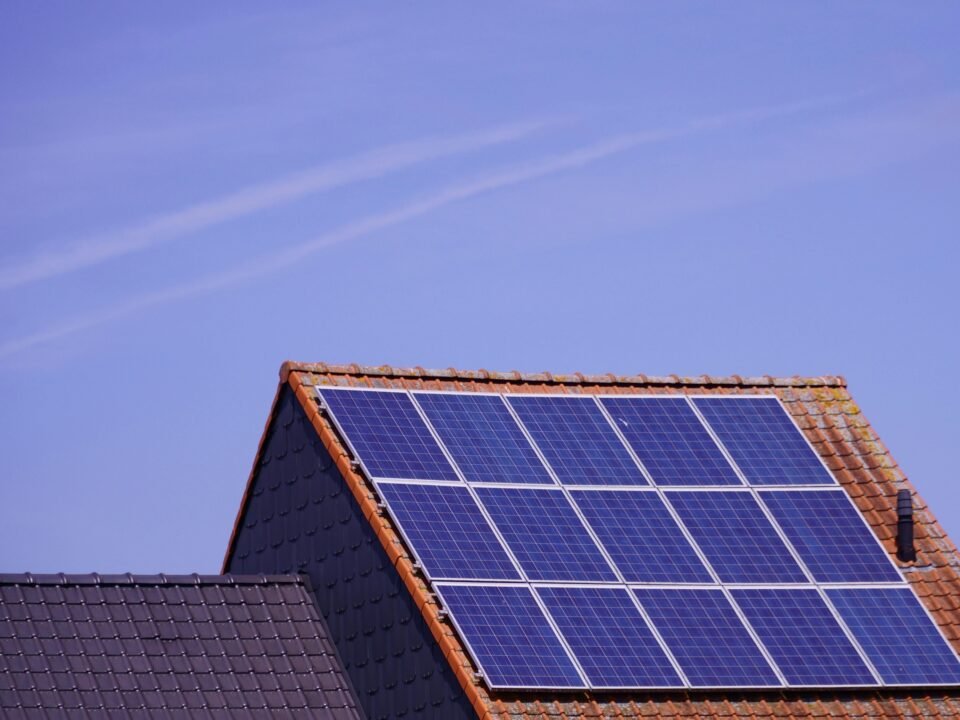The renewable energy sector has grown rapidly over the past decade, with solar, wind, hydropower, and bioenergy emerging as key contributors to a greener and more sustainable world. Yet, the integration of renewable energy into existing systems poses challenges such as energy forecasting, grid management, and cost optimization. This is where AI in renewable energy plays a transformative role. Artificial Intelligence (AI) has become a game-changer, improving efficiency, reliability, and decision-making in ways that were unimaginable just a few years ago.
In this article, we explore how AI is revolutionizing renewable energy, its top benefits, and why it is crucial for a sustainable future.
Understanding AI in Renewable Energy
Artificial Intelligence refers to the ability of machines and systems to learn from data, identify patterns, and make decisions with minimal human intervention. When applied to renewable energy, AI helps optimize energy generation, consumption, distribution, and storage.
For example:
- AI algorithms can predict solar panel output based on weather forecasts.
- Machine learning can detect faults in wind turbines before they occur.
- Smart energy grids powered by AI balance electricity demand and supply in real time.
This integration of AI ensures that renewable energy sources, which are often intermittent and unpredictable, become more reliable and scalable.
Key Benefits of AI in Renewable Energy
1. Accurate Energy Forecasting
One of the major challenges with renewable energy is its dependency on natural conditions like sunlight and wind. AI uses big data analytics and machine learning to predict weather patterns and energy output with high accuracy.
For instance, AI can forecast solar generation on cloudy days or wind turbine efficiency during storms. This allows utility companies to plan ahead and avoid energy shortages or wastage.
2. Improved Grid Management
Smart grids are essential for efficiently managing renewable energy. With AI, power grids can automatically adjust electricity distribution according to demand and supply. For example, if solar generation dips during the evening, AI-powered grids can reroute stored energy from batteries to meet demand.
This ensures a stable energy supply without overloading the system, reducing the risk of blackouts.
3. Predictive Maintenance for Equipment
Renewable energy infrastructure, such as wind turbines and solar farms, requires regular maintenance. Traditionally, equipment is inspected at fixed intervals, which can lead to unnecessary downtime or missed faults.
AI enables predictive maintenance by analyzing sensor data to detect early signs of wear and tear. For example, vibrations in a wind turbine can signal potential mechanical issues. By addressing problems before they escalate, companies save costs and extend the lifespan of their assets.
4. Energy Storage Optimization
Renewable energy often generates excess power when demand is low, such as during sunny afternoons. AI helps manage energy storage systems like batteries by deciding when to store, release, or conserve energy.
This ensures that excess power is not wasted and can be used during peak demand times, making renewable energy more dependable.
5. Cost Reduction and Efficiency
AI reduces operational costs by automating tasks that traditionally required human intervention. From monitoring solar panels to optimizing energy flow, AI-driven automation increases efficiency while lowering expenses.
Moreover, AI can identify areas where energy loss occurs, helping companies improve efficiency and reduce costs over time.
6. Integration of Multiple Renewable Sources
Countries and companies are now combining solar, wind, and hydropower into a single energy system. AI acts as the “brain” that balances and integrates these diverse sources.
For instance, if solar energy production drops, AI can automatically increase reliance on wind power. This seamless integration ensures a continuous and balanced energy supply.
7. Sustainability and Environmental Impact
The adoption of AI in renewable energy doesn’t just optimize efficiency—it also supports environmental goals. By reducing carbon emissions, minimizing energy waste, and improving resource management, AI directly contributes to global sustainability efforts.
AI-driven energy systems enable societies to transition more rapidly toward net-zero carbon goals.
Real-World Examples of AI in Renewable Energy
- Google DeepMind and Wind Energy
Google has used AI from DeepMind to predict wind power output 36 hours in advance, improving energy value by 20%. This demonstrates how AI enhances forecasting and efficiency. - Siemens Gamesa and Turbine Maintenance
Siemens Gamesa uses AI-driven predictive maintenance to detect faults in wind turbines. This has significantly reduced downtime and increased reliability. - National Grid (UK)
The UK’s National Grid uses AI to forecast electricity demand and renewable energy generation. This helps balance the grid and reduce reliance on fossil fuels.
The Future of AI in Renewable Energy
The integration of AI in renewable energy is still evolving, but its potential is immense. Future developments may include:
- AI-powered microgrids: Decentralized grids that manage local renewable energy sources.
- Smart homes with AI: Homes that adjust energy usage based on renewable availability.
- AI in hydrogen energy: Optimizing production and storage of green hydrogen.
- Global energy trading platforms: AI could facilitate cross-border renewable energy sharing.
With continued innovation, AI will play an increasingly important role in accelerating the global shift toward sustainable energy.
Challenges to Overcome
While the benefits are undeniable, there are challenges to scaling AI in renewable energy:
- Data Privacy and Security: Energy systems must safeguard sensitive data.
- High Initial Investment: Implementing AI requires advanced infrastructure and capital.
- Skilled Workforce: Companies need trained professionals to manage AI systems.
- Integration with Legacy Systems: Upgrading old power grids to AI-ready systems can be complex.
Despite these challenges, governments and corporations worldwide are investing heavily in AI to maximize renewable energy potential.
Conclusion
The future of renewable energy lies not only in harnessing natural resources but also in leveraging advanced technologies like AI. By enabling accurate forecasting, predictive maintenance, efficient grid management, and energy storage optimization, AI in renewable energy is driving the world toward a sustainable and carbon-free future.
As global demand for clean energy continues to grow, the fusion of AI and renewable energy will play a critical role in shaping a greener, smarter, and more sustainable planet.



